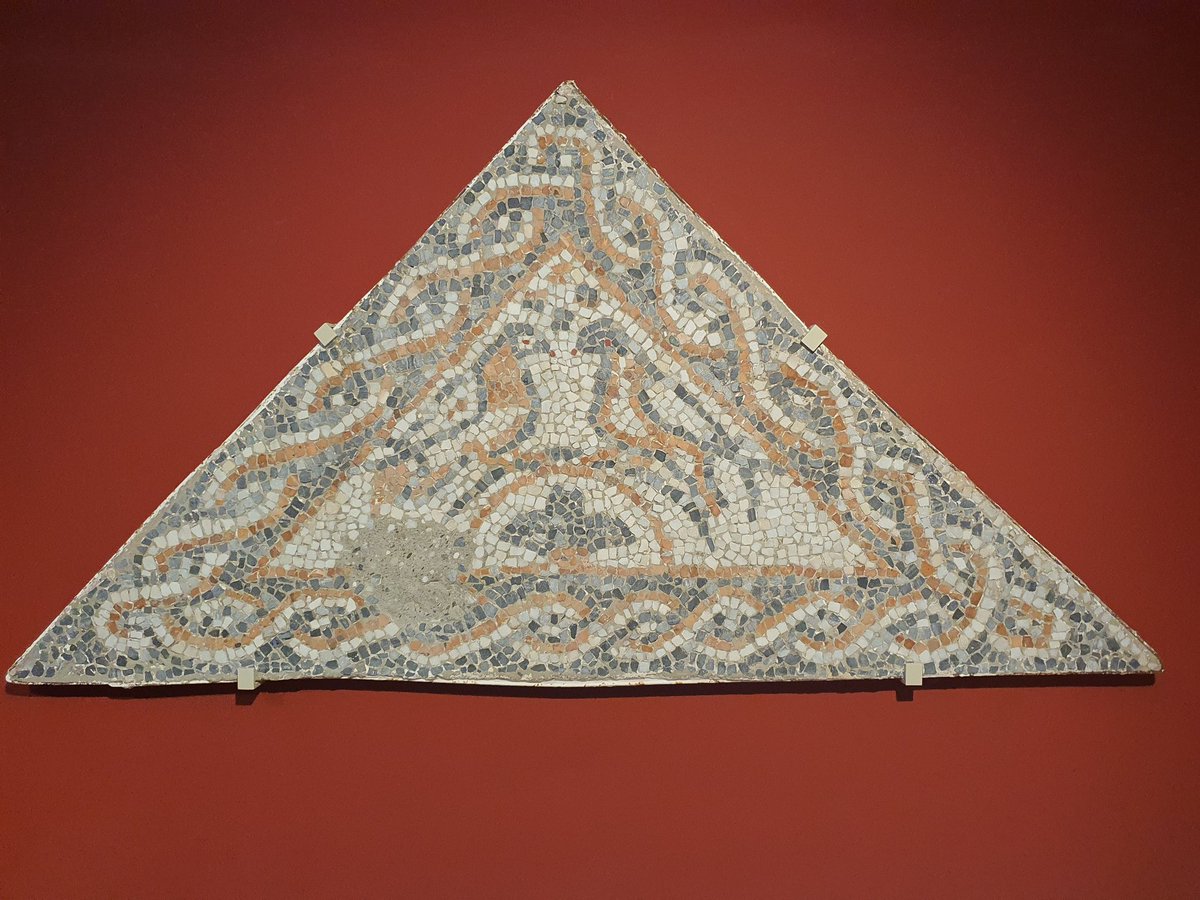
Kim Humberstone OBE
@k_humberstone
ID: 2700524905
02-08-2014 10:00:45
514 Tweet
314 Takipçi
333 Takip Edilen

Catalonia study tour - the Roman villa of Can Llauder situated 1km west of the Roman city of Iluro and 650m off the Via Augusta. The villa has its origins in 1st cent BC, but it was extensively remodelled in 3rd cent AD. An inscription links it to Caius Aemilianus Association for Roman Archaeology


Catalonia study tour - the Greek coastal settlement of Rhode that later became a Roman town. This building near the harbour was used from the 3rd cent AD for salted fish processing. Association for Roman Archaeology
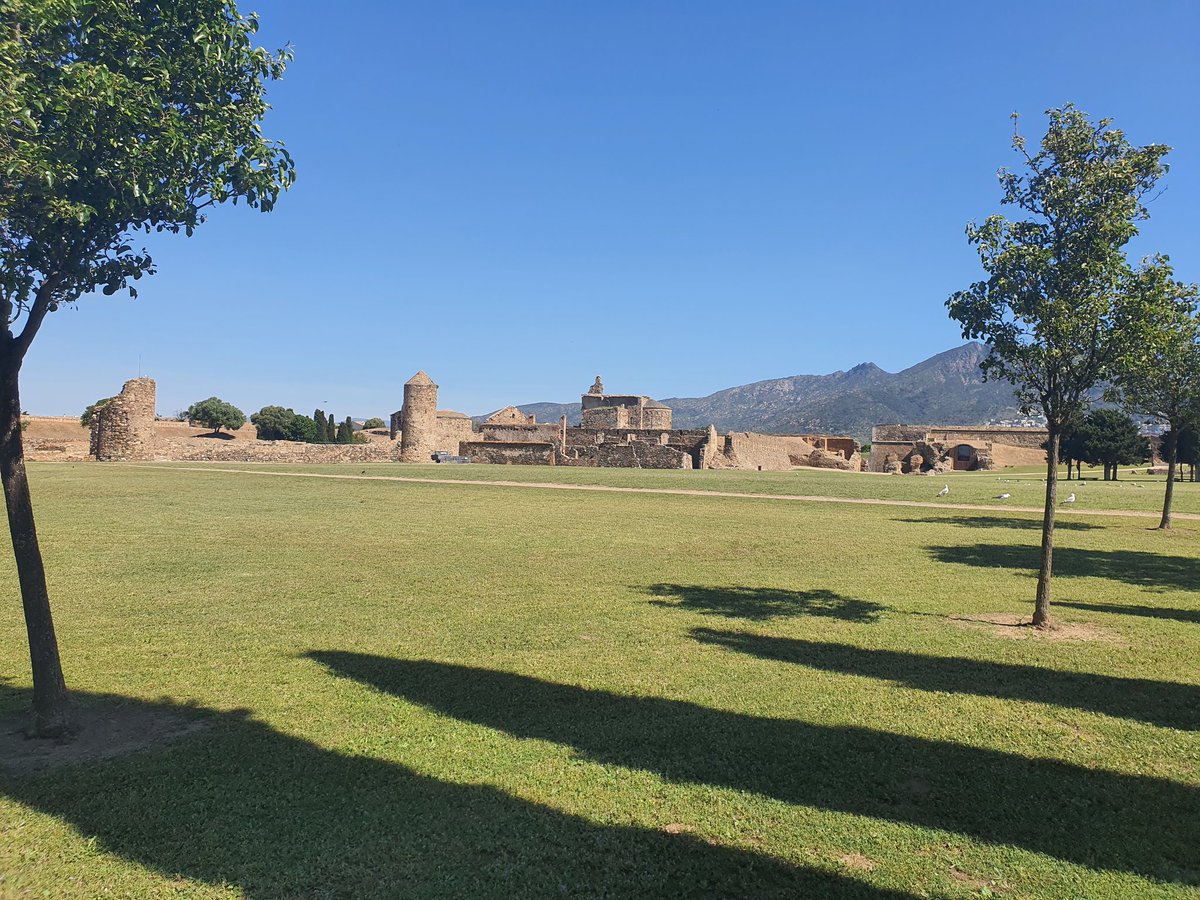

Catalonia study tour - Emporia. An extensive Greek port with a temple complex to Ascelepius, came under Roman control in 218BC during the Punic wars. The Romans built a separate city which prospered until the harbour silted up. Association for Roman Archaeology


For #MosaicMonday A late Roman mosaic from Emporia which was constructed over the tomb of a wealthy citizen. Association for Roman Archaeology


Catalonia study tour - Ciutat Iberica d'Ullastret. An Iron age settlement of the Iberica, with impressive walls built on a hill above a now silted up lake. Inside the town are storage containers for grain and water cisterns, as well as evidence of a gruesome past Association for Roman Archaeology
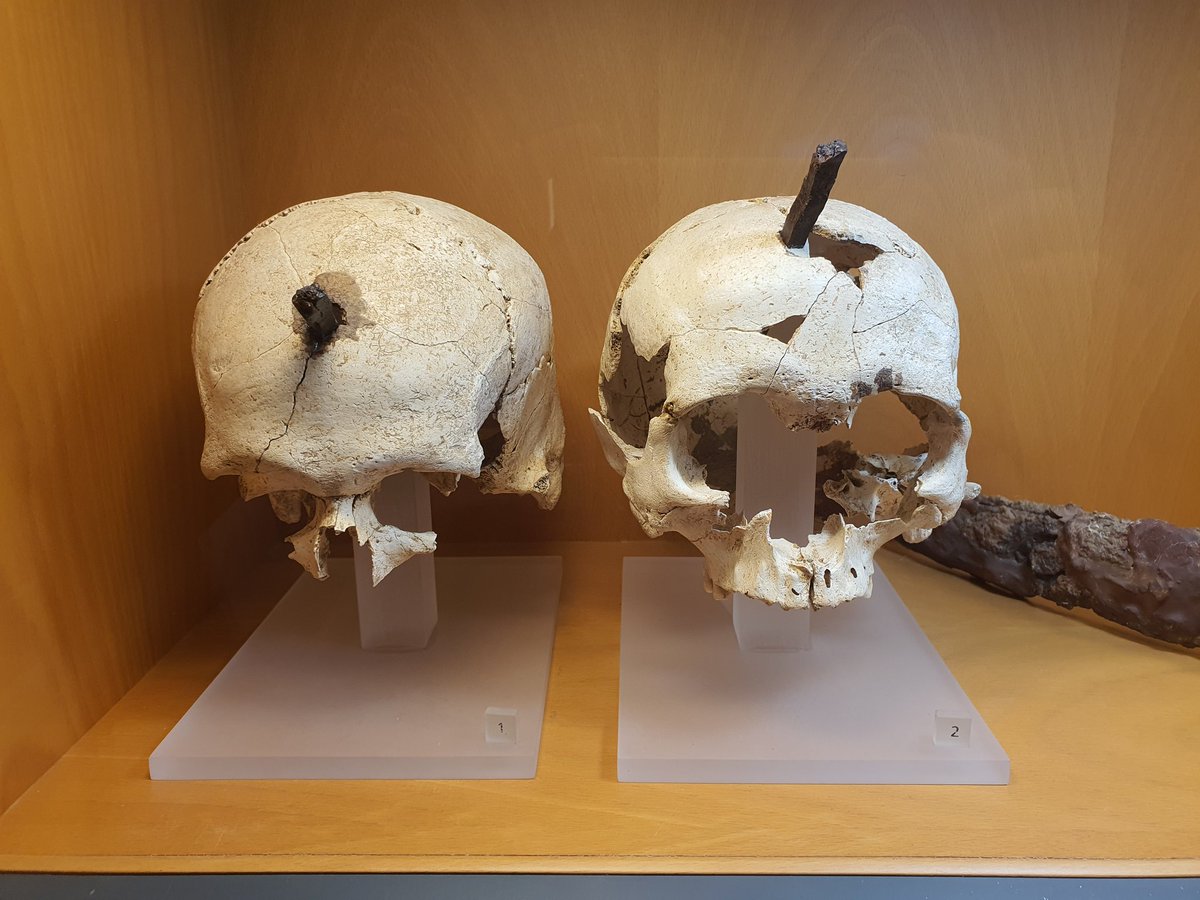

Catalonia study tour - the Roman aqueduct at Can Cua near Pineda de Mar was constructed in the 2nd/3rd cent AD to transport water from a small gorge in the nearby hills to a villa 3.5km away. Association for Roman Archaeology
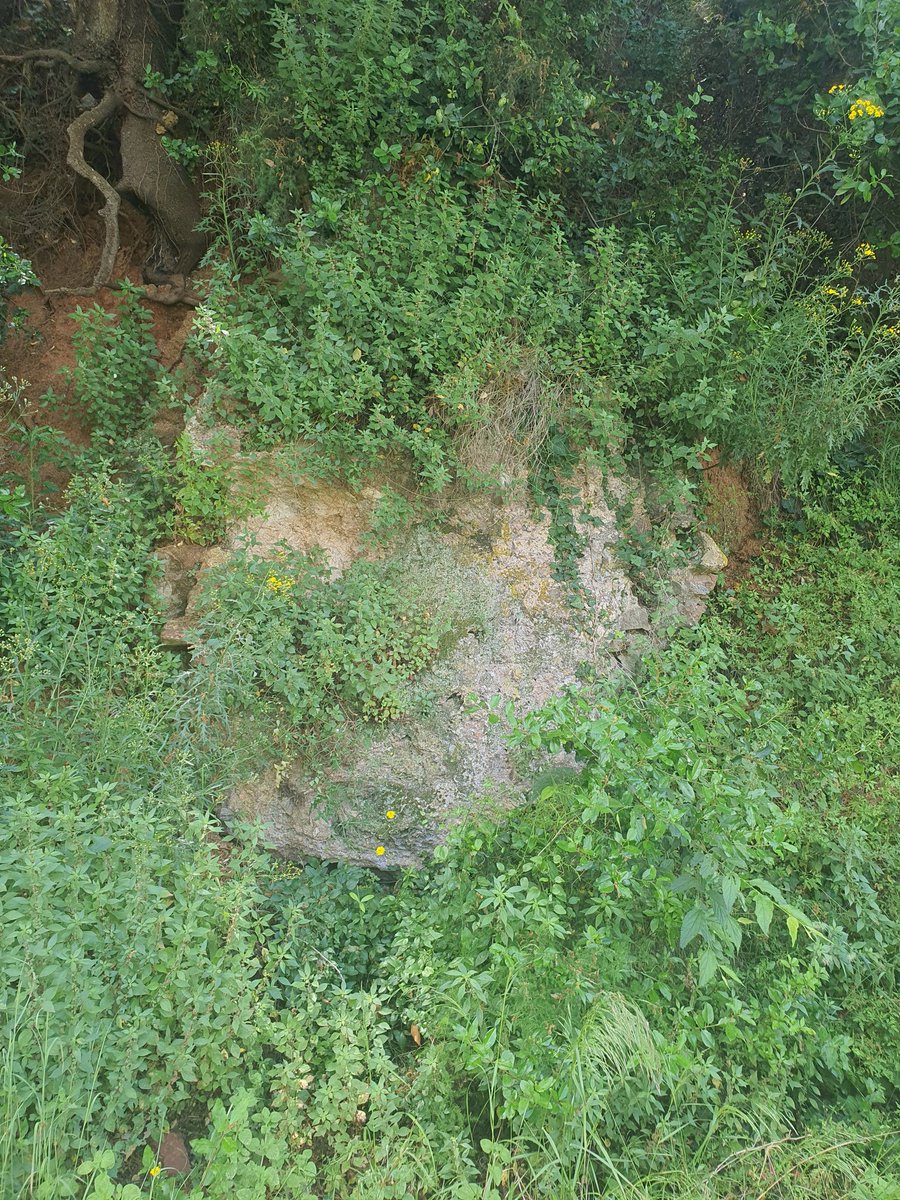

Catalonia study tour - the rural Villa Romana dels Ametllers florished between 1st cent BC and 5th cent AD. It has two areas, a private villa with lavish baths and reception rooms with mosaics and a warehouse / manufacturing area. Association for Roman Archaeology
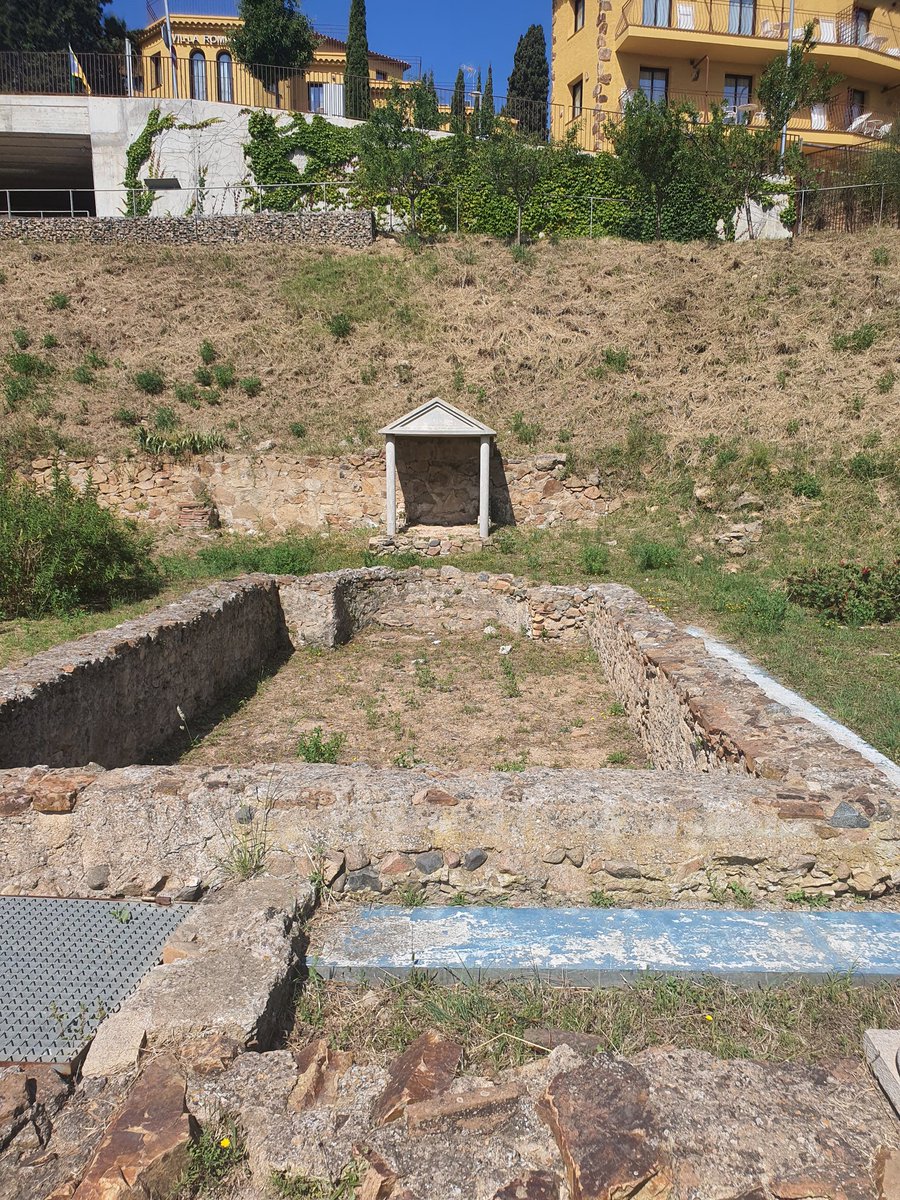

Catalonia study tour - the necropolis lining the main road into the Roman city of Barcino. Association for Roman Archaeology


Catalonia study tour - the city walls around Barcino, now incorporated in other buildings, are remarkable for the tall towers placed at regular intervals. Association for Roman Archaeology


Catalonia study tour - the extensive subterranean excavations of Barcino are home to a wide range of manufacturing facilities including garum, wine making and clothes dyeing. Association for Roman Archaeology


Catalonia study tour - the Catalonia museum of archaeology in Barcelona has been rearranged since our last visit with marbles and mosaics brought to life in colour and VR tours of Tarraco. Association for Roman Archaeology


Catalonia study tour - the tower of Scipios, a 1st cent AD funerary monument alongside the Via Augusta with a carving of Attis. Association for Roman Archaeology
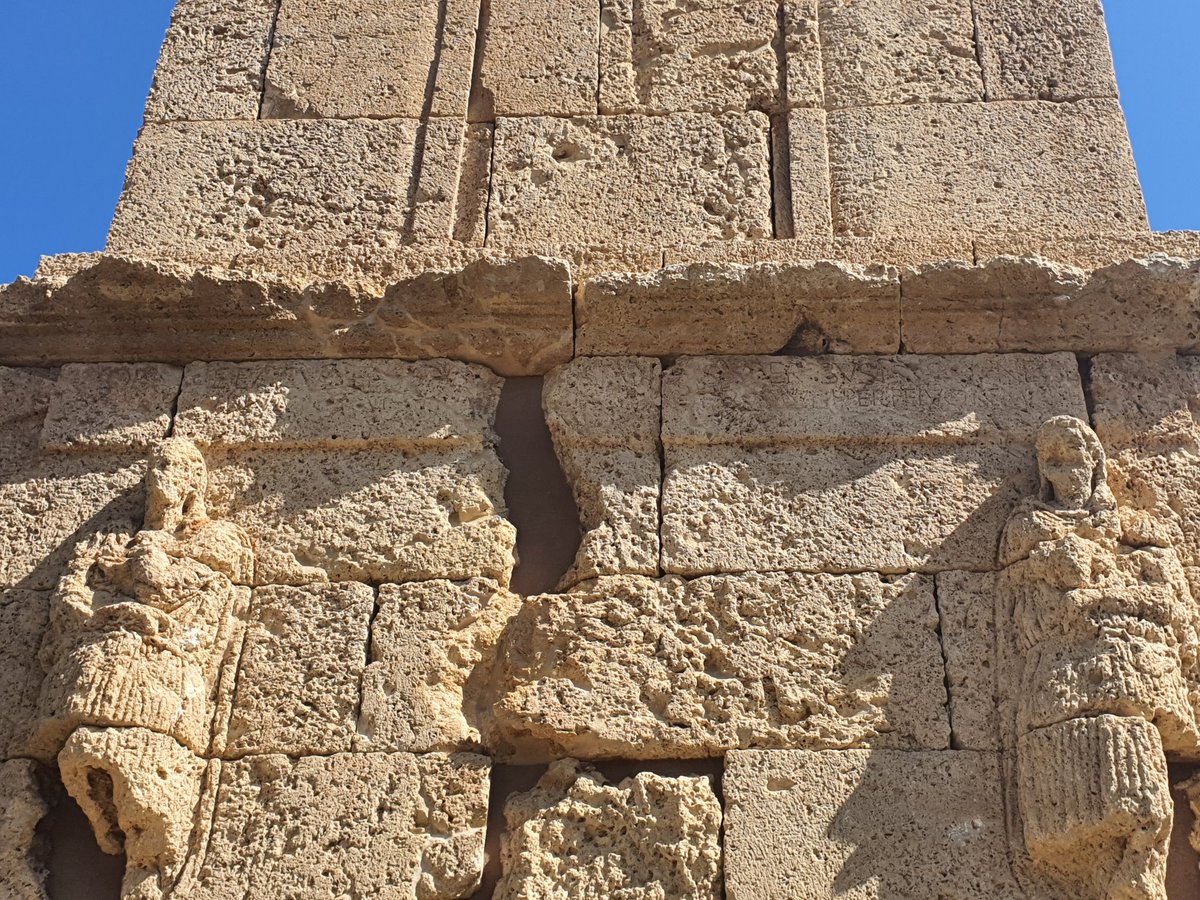

Catalonia study tour - the Arc de Bera on the Via Augusta between Tarraco and Barcino. Association for Roman Archaeology


Catalonia study tour - the villa Romana del Moro situated at a short distance from the Via Augusta near Tarraco. Association for Roman Archaeology


Catalonia study tour - Castell d'Olerdola: an Iberian hill top settlement that was fortified by the Romans who built a wall to create a strategic stronghold that protected the roads running through the area. Inside was a large water cistern and a wine press. Association for Roman Archaeology


Catalonia study tour - villa Romana Els Munts dates from around the reign of Hadrian and is likely to have imperial connections. During the reign of Antoninus Pius it was occupied by Caius Avitus the Duumvir of Tarraco. Association for Roman Archaeology
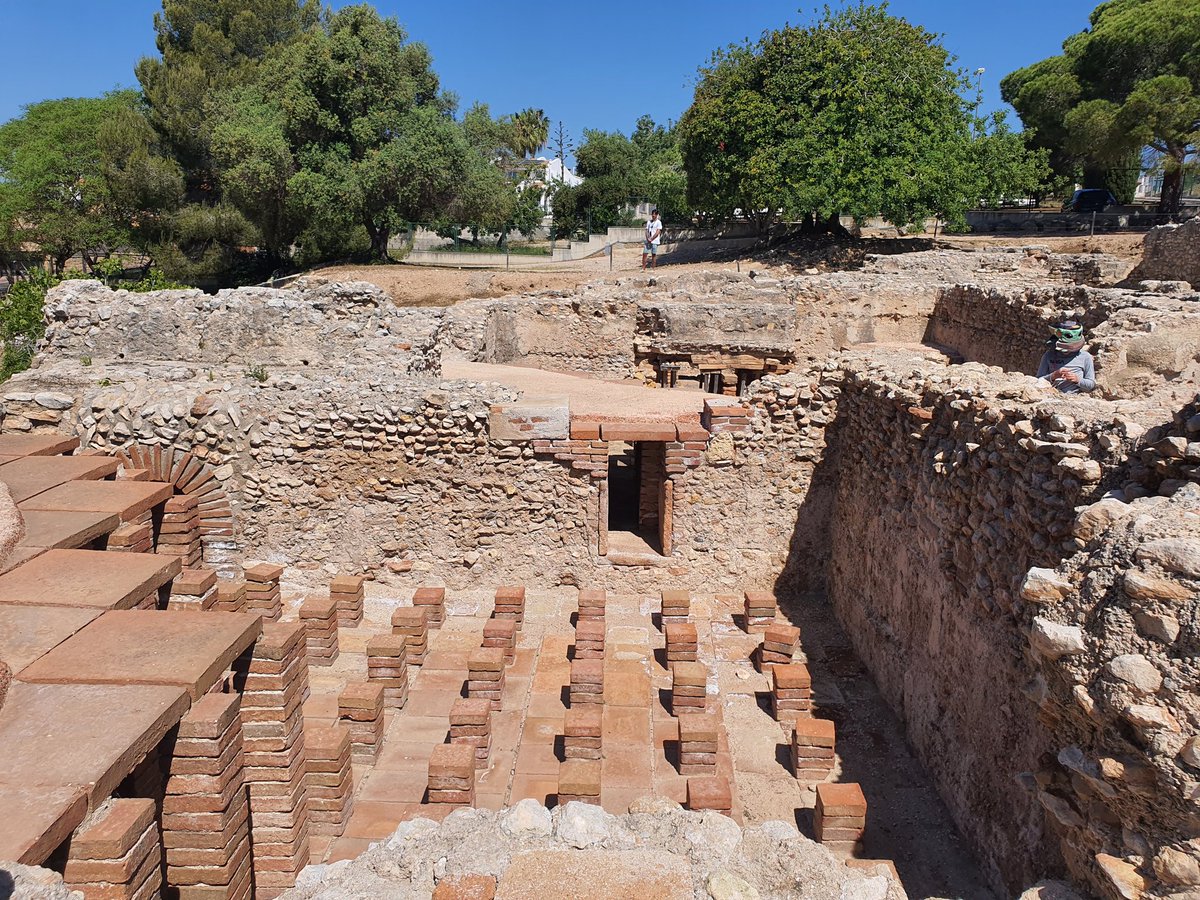

Catalonia study tour - the Roman Les Ferreres Aqueduct taking the water supply into Tarraco. Whilst the aqueduct runs straight across the valley, prior to this the water channel followed the contour of the hill. Association for Roman Archaeology
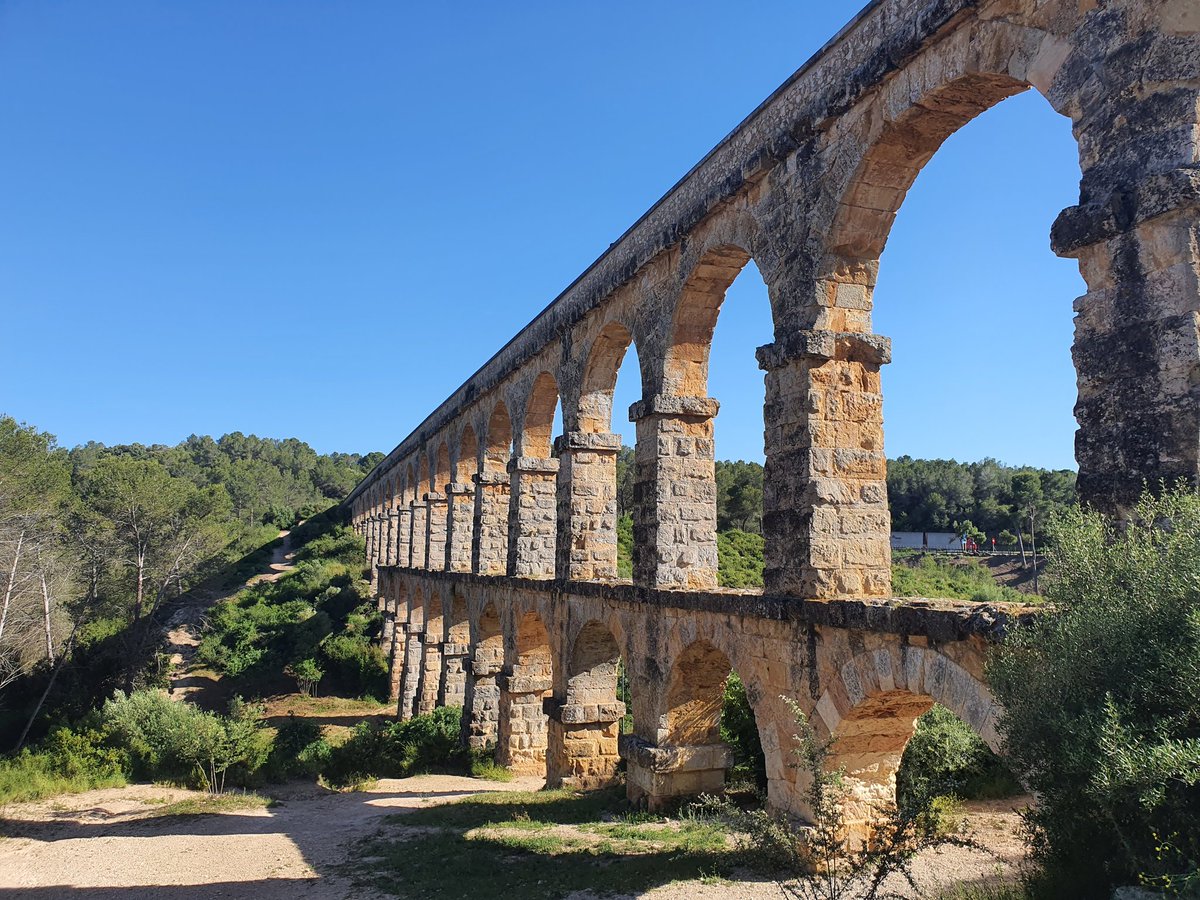

For #MosaicMonday the fabulous Dome Mosaic from the late Roman villa at Centcelles, near Tarraco, Catalonia. It depicts biblical scenes from the old and new testaments, including Daniel in the Lion's den. Association for Roman Archaeology


For #MosaicMonday The magnificent Chariot race in the circus mosaic from the National museum of Catalonia. Found in Barcelona it dates to the 4th Cent AD. Association for Roman Archaeology
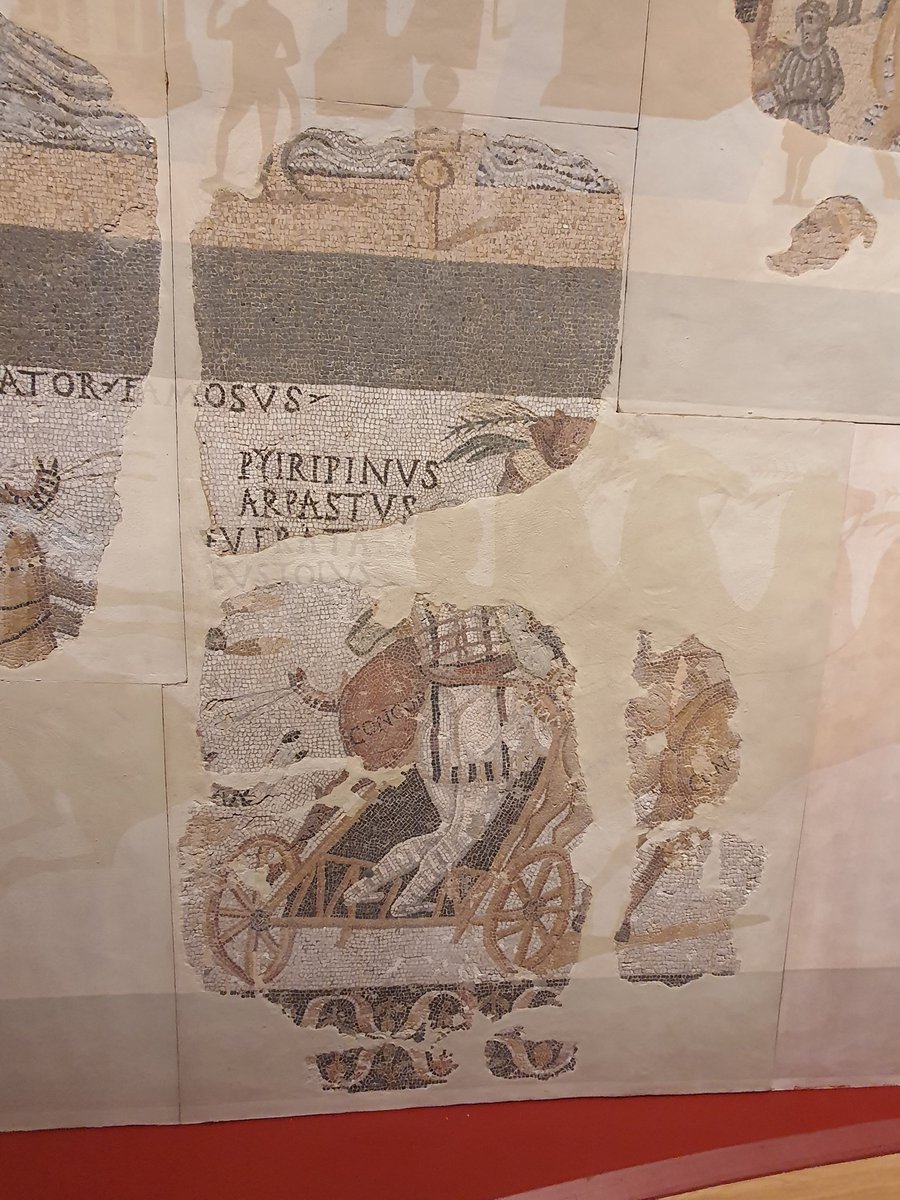

For #MosaicMonday A beautiful mosaic featuring 2 doves that symbolise the Eucharist. 4th - 5th Cent AD. Found in Malaga and now in the National Archaeological Museum of Catalonia. Association for Roman Archaeology
